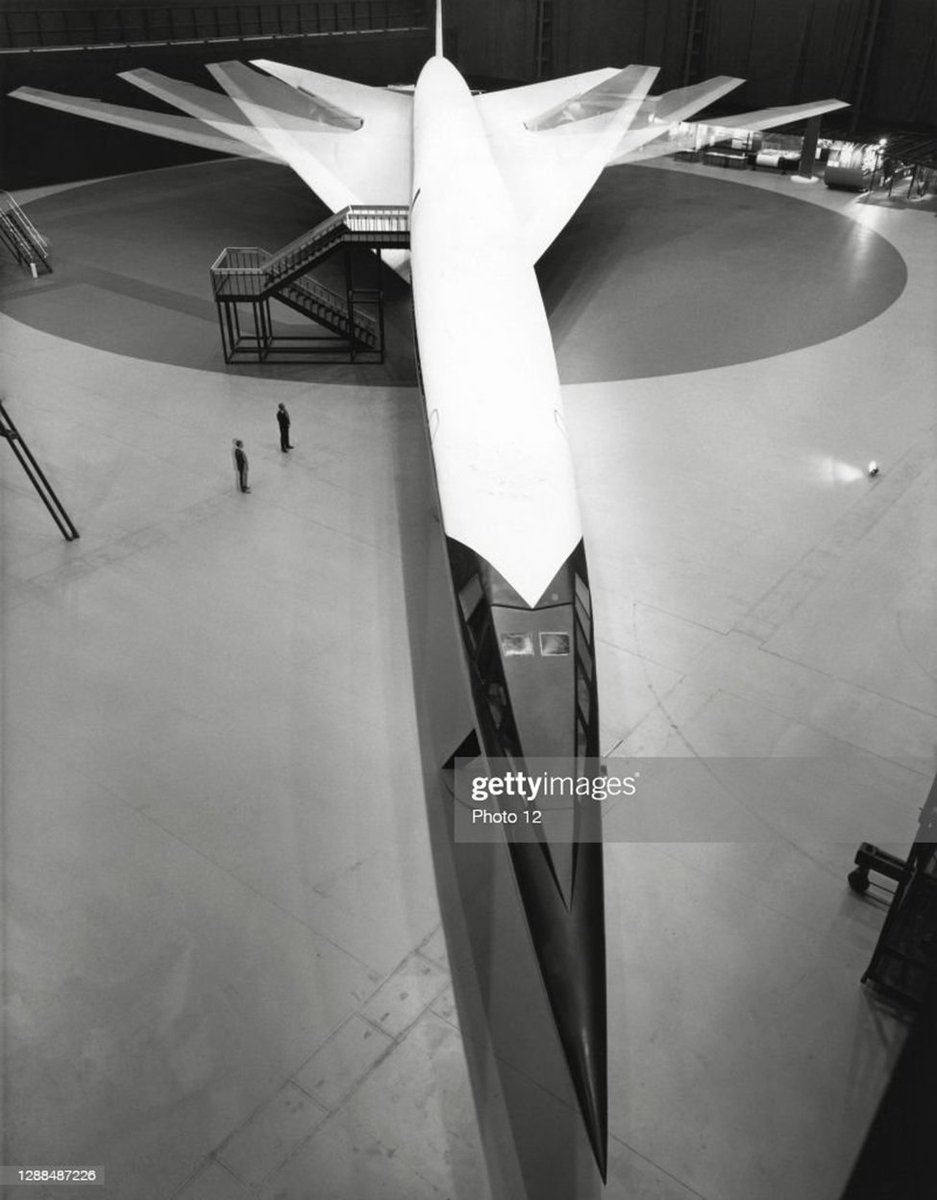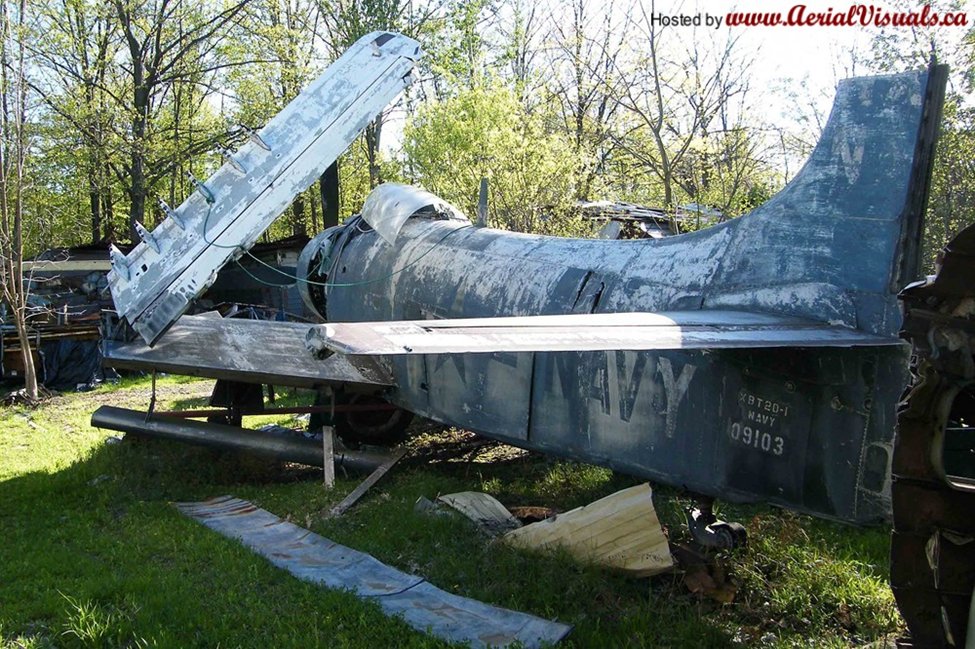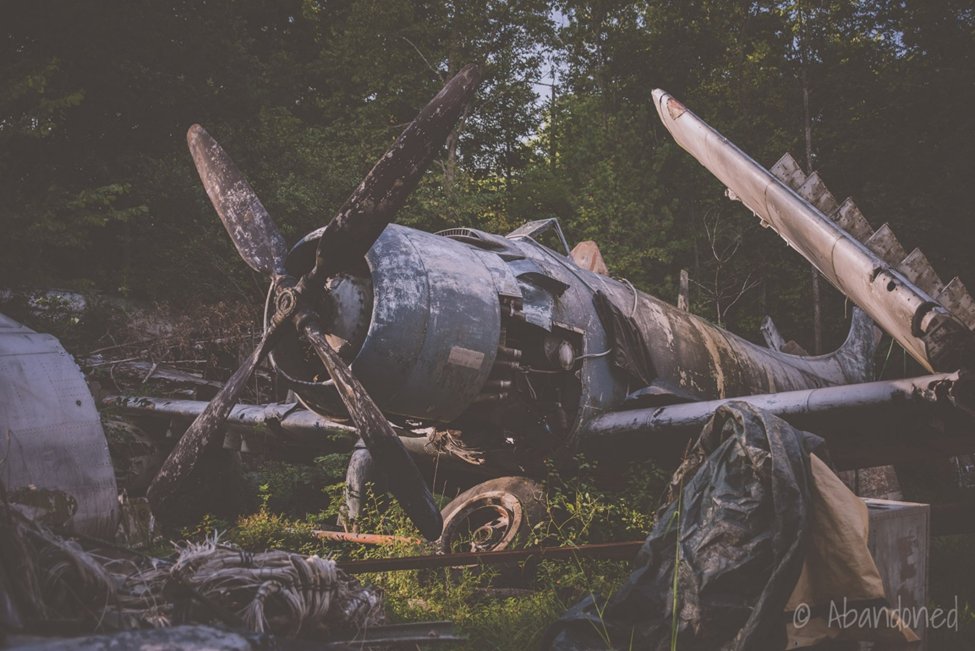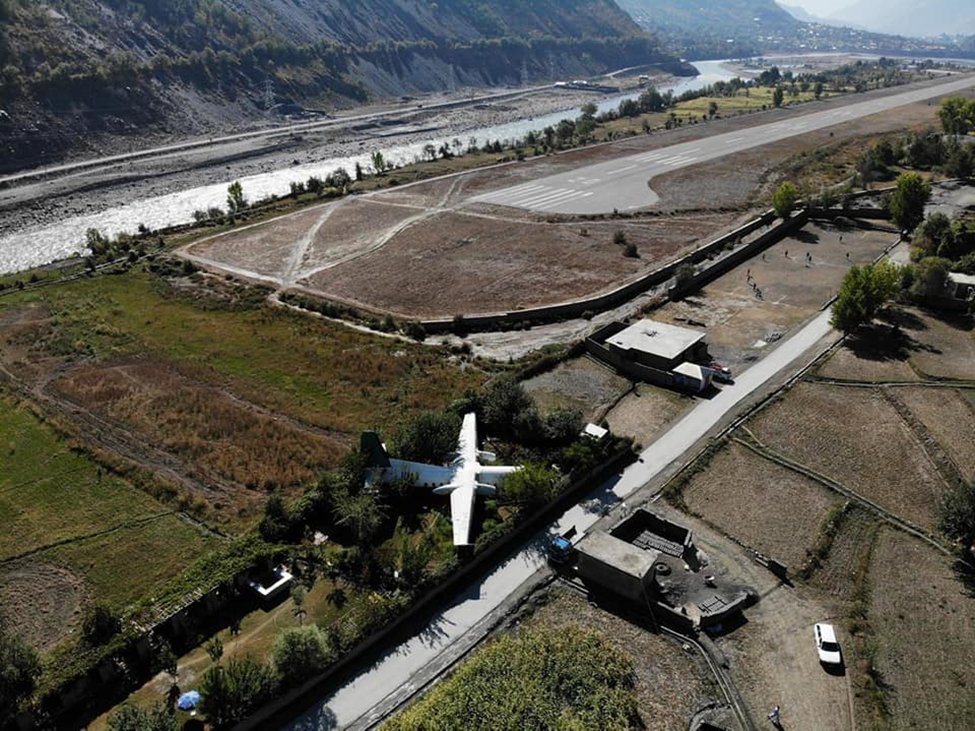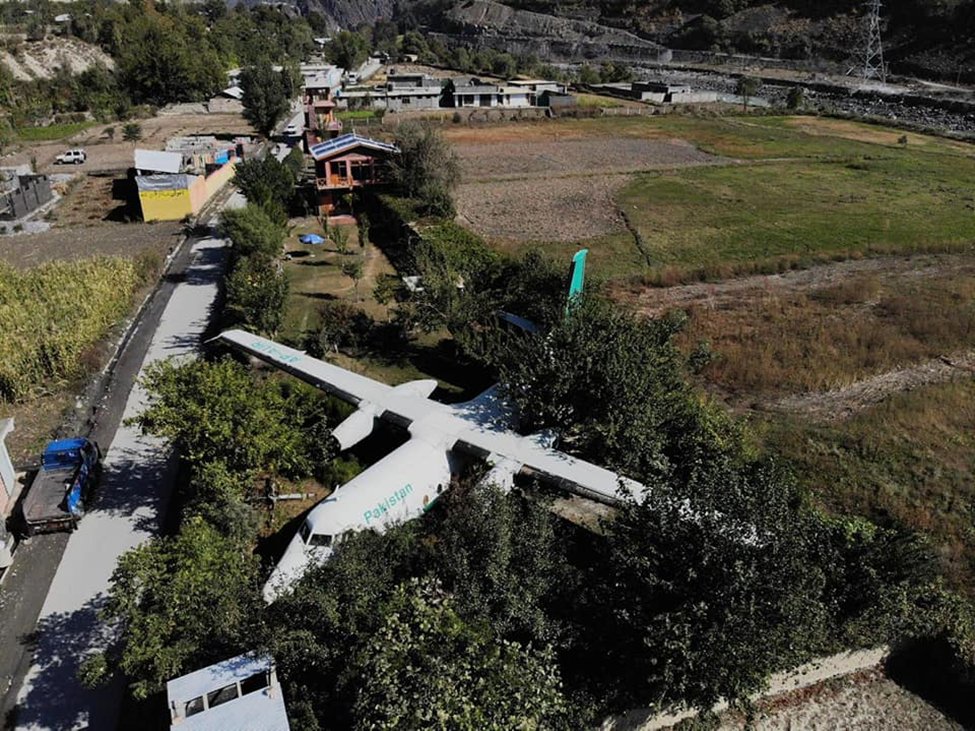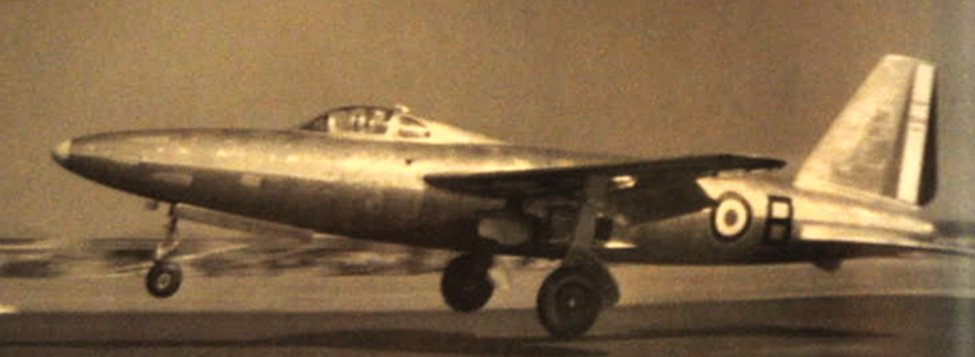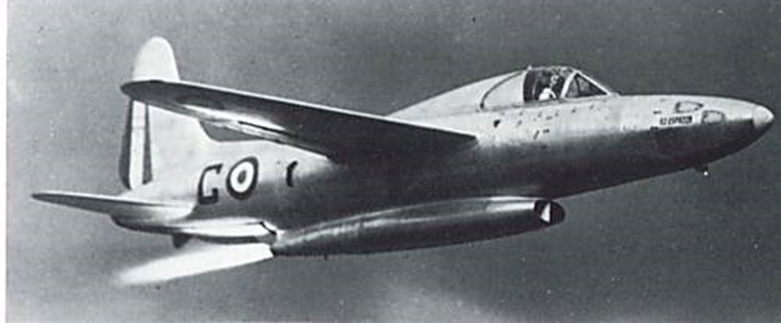Nestled in a backyard garden in Kemback, Fife Scotland is the last bit of a notorious Handley Page Victor. 1 of the 1st 5 built and once the largest aircraft ever to (accidently?) go supersonic. 1/5 #planespotting #avgeek #aviationdaily #aircraft #aviationlovers #aviation #milair 



It is the cockpit of HP Victor B Mk.1 XA917. The aircraft is seen below, brand new in 1956, one of the first 5 Victors in the Handley Page shops at Radlett. The tail in the foreground is of XA918, used to help develop the tanker variant. It was scrapped in 1970 2/5 



On June 1, 1957, Handley Page chief test pilot Johnny Allam took XA917 on a test flight from Gaydon, Warwickshire. 3/5 



Allam let the nose drop slightly at 40,000 ft and, while ‘inadvertently’ failing to watch the Mach meter, managed to clock up 675mph, Mach 1.02. A double sonic boom was heard over a wide area. This Victor was the largest aircraft to break the sound barrier at that time. 4/5 

Sadly its career was cut short by a landing accident in 1961. It went off the runway & the gear collapsed. It was an instructional airframe until scrapped in '63. In late ‘93 the cockpit was all that was left and sold to a collector; now saved in this lovely Scottish garden. 5/5 





• • •
Missing some Tweet in this thread? You can try to
force a refresh

 Read on Twitter
Read on Twitter






